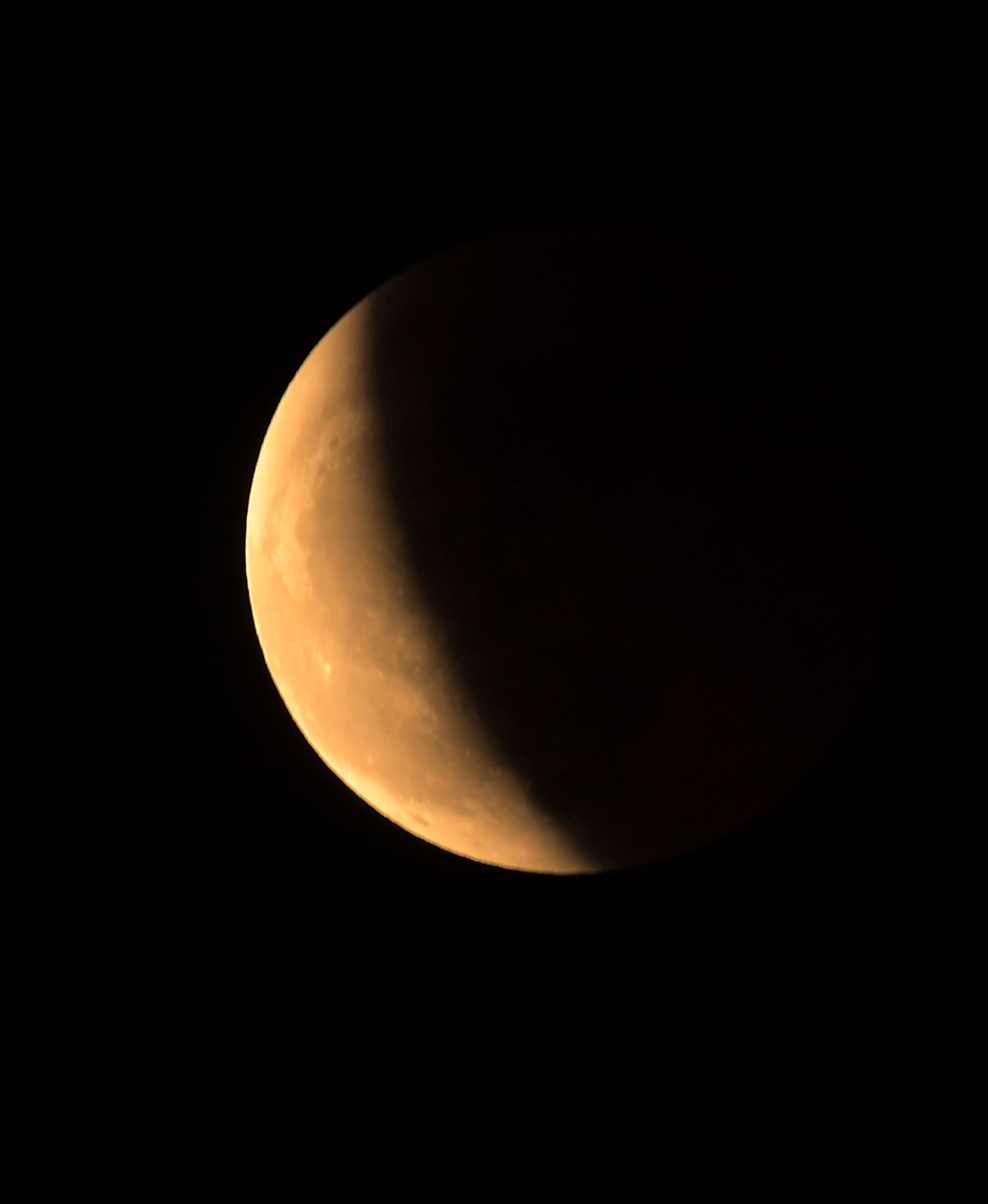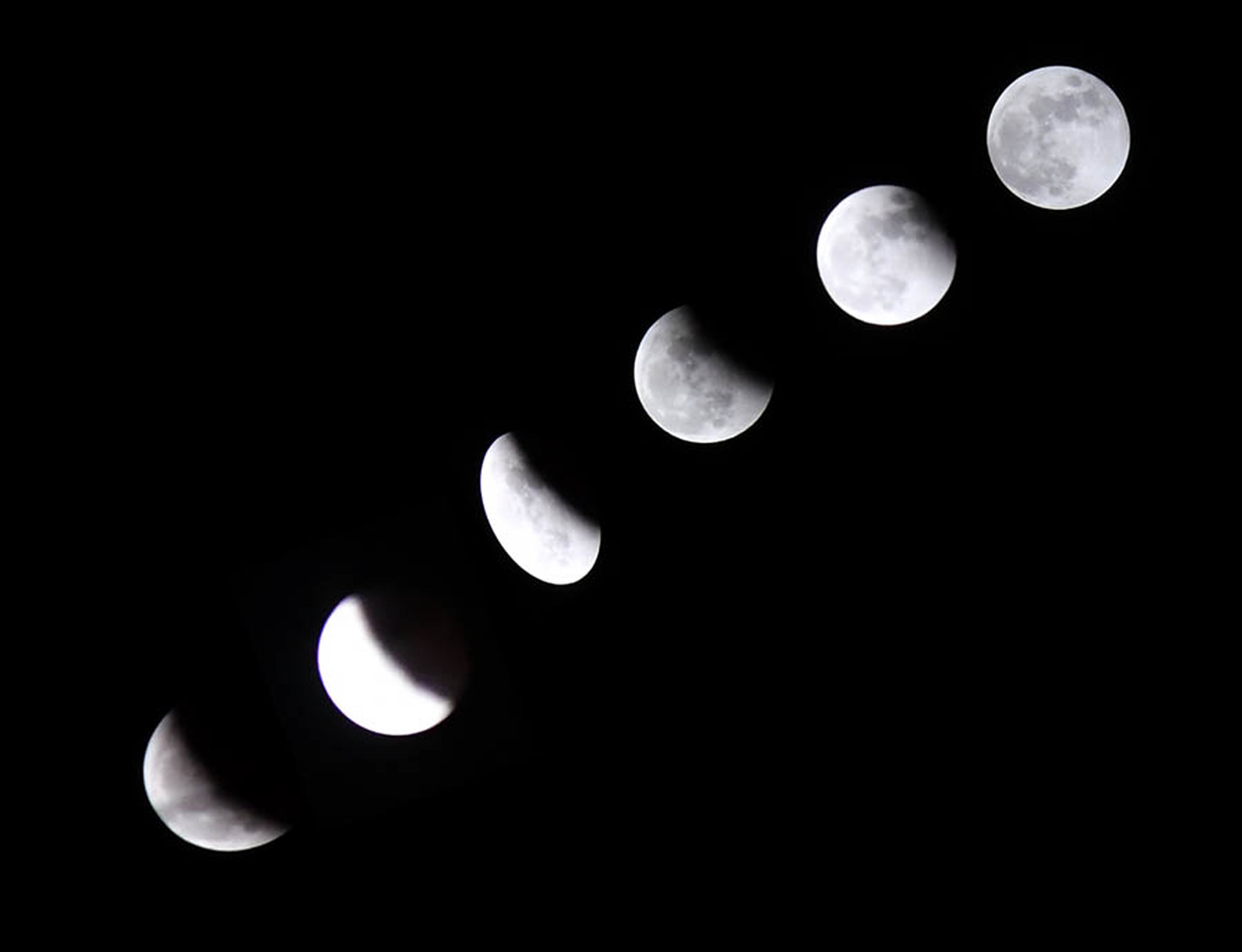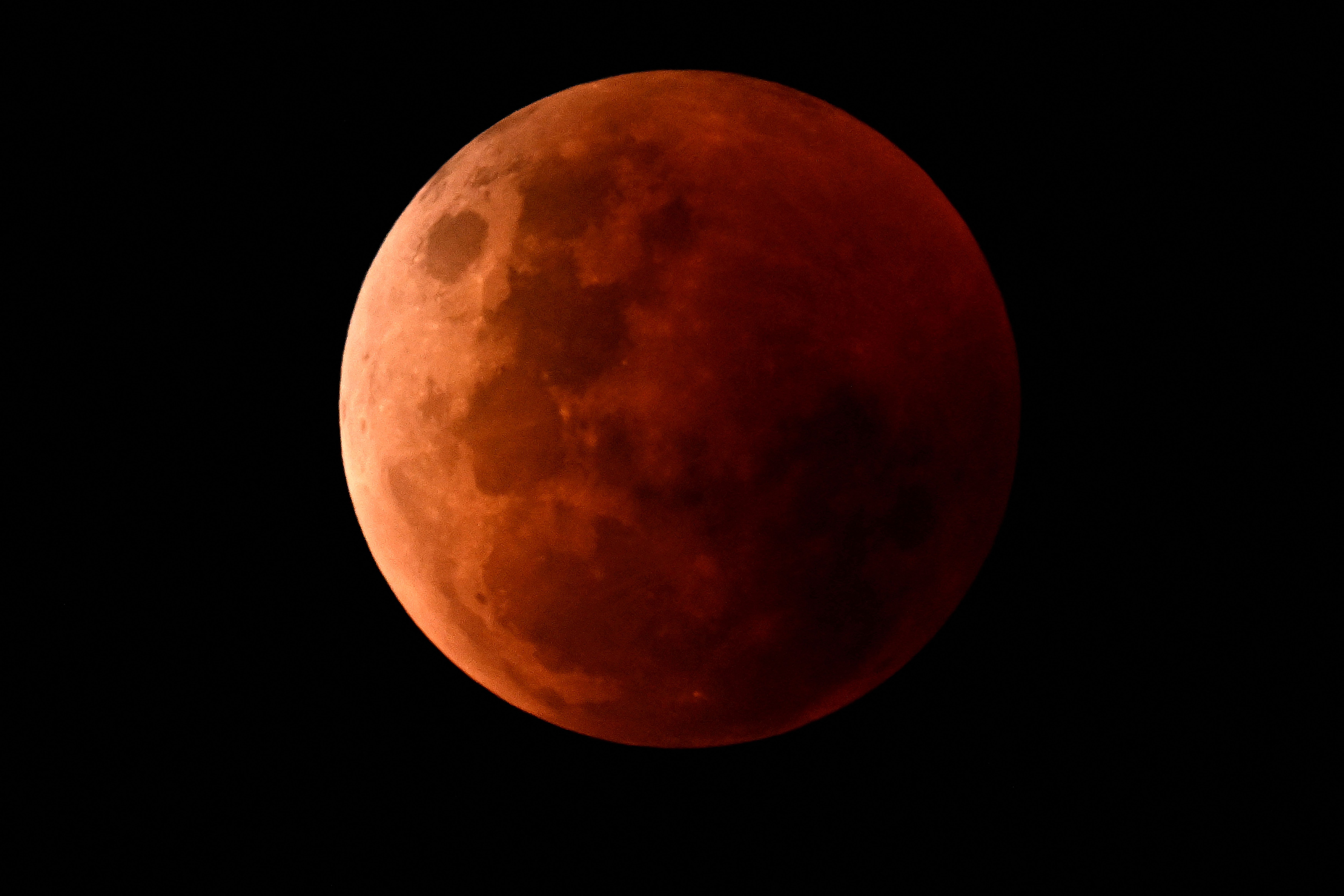Asteroid today! 110-foot asteroid set to make close Earth approach today, Feb 8
A menacing 110 feet wide asteroid could make its closest approach to Earth as soon as today, NASA has revealed. Know all its details here.






 View all Images
View all ImagesSurveys done by NASA-supported ground-based telescopes – including Pans-STARRS1 in Maui, Hawaii, as well as the Catalina Sky Survey near Tucson, Arizona – have identified thousands of near-Earth objects such as asteroids. Along with that, NASA's space-based telescope called NEOWISE has identified hundreds of others while scanning the skies at near-infrared wavelengths of light from its polar orbit around Earth. NASA uses its ground-based radar to gather precise data about the asteroid's path and its characteristics.
With the help of such advanced tech, NASA has now identified another asteroid that is heading for Earth and could make a close approach as soon as today.
Asteroid 2023 BS
NASA's Planetary Defense Coordination Office has red-flagged an asteroid named Asteroid 2023 BS due to its extremely close approach with the planet. The asteroid will make its closest approach to Earth today, February 8, at a distance of 7.4 million kilometers per hour. It is already on its way towards the planet travelling at a speed of nearly 39152 kilometers per hour!
Asteroid 2023 BS is particularly concerning due to its huge size. With a width of 110 feet, this asteroid is nearly the size of an aircraft, says NASA. It could cause damage to life and property if it crashed, especially in a densely populated area.
Although this asteroid is not expected to collide with Earth, a slight deviation in its trajectory due to the Earth's gravitational pull can send the asteroid hurtling towards Earth for an impact. Though you should not be worried as NASA has already tested the plan to engage in planetary defense to protect the planet against rogue asteroids through its DART Mission.
Why are asteroids studied?
Scientists study asteroids to learn more about the early solar system and the conditions that existed when the planets were forming. Asteroids can also provide valuable resources such as water, metals, and other minerals. One such discovery was made by studying an asteroid.
Until now, it was believed that water was already present on Earth from earliest times. However, a recent study has made an astonishing discovery that puts this very thought into doubt. The study has revealed that water may have originated on asteroids.
Catch all the Latest Tech News, Mobile News, Laptop News, Gaming news, Wearables News , How To News, also keep up with us on Whatsapp channel,Twitter, Facebook, Google News, and Instagram. For our latest videos, subscribe to our YouTube channel.




























